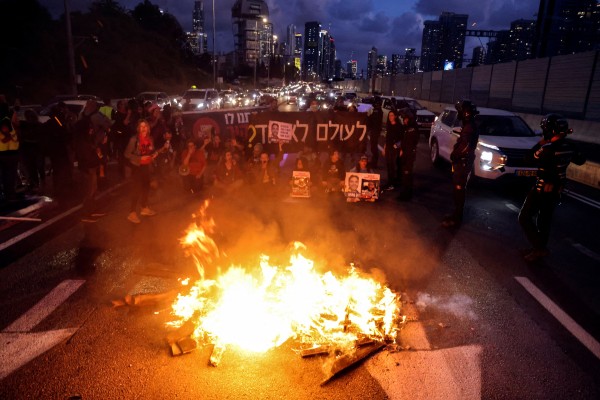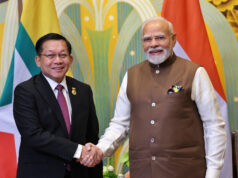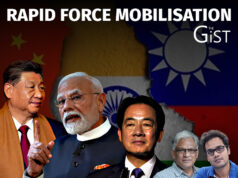Palestinian Islamist group Hamas said on Monday it had agreed to a three-phased deal for a ceasefire and hostages-for-prisoners swap, although an Israeli official said the deal was not acceptable to Israel because terms had been “softened”.
The United States, which alongside Qatar and Egypt has played a mediation role in the talks, said it was studying the Hamas response and would discuss it with Middle East allies.
Based on details announced so far by Hamas officials and an official briefed on the talks, the ceasefire deal that the Palestinian group said it had agreed to included the following:
PHASE ONE
- 42-day ceasefire period
- Hamas releases 33 Israeli hostages in return for Israel releasing Palestinians from Israeli jails.
- Israel partially withdraws troops from Gaza and allows free movement of Palestinians from south to north Gaza.
PHASE TWO
- Another 42-day period that features an agreement to restore a “sustainable calm” to Gaza, language that an official briefed on the talks said Hamas and Israel had agreed in order to take discussion of a “permanent ceasefire” off the table.
- The complete withdrawal of most Israeli troops from Gaza.
- Hamas releases Israeli reservists and some soldiers in return for Israel releasing Palestinians from jail.
PHASE THREE
- The completion of exchanging bodies and starting the implementation of reconstruction according to the plan overseen by Qatar, Egypt and the United Nations.
- Ending the complete blockade on the Gaza Strip.
Meanwhile:
BREAKING: Israel’s criminal invasion of Rafah, the last place of refuge for Palestinians in Gaza, has begun.
1.7 million civilians trapped in Rafah are now being attacked through air, land and sea, in the middle of the night. pic.twitter.com/qlEWI7DTAa
— sarah (@sahouraxo) May 6, 2024
(REUTERS)
In a career spanning three decades and counting, Ramananda (Ram to his friends) has been the foreign editor of The Telegraph, Outlook Magazine and the New Indian Express. He helped set up rediff.com’s editorial operations in San Jose and New York, helmed sify.com, and was the founder editor of India.com.
His work has featured in national and international publications like the Al Jazeera Centre for Studies, Global Times and Ashahi Shimbun. But his one constant over all these years, he says, has been the attempt to understand rising India’s place in the world.
He can rustle up a mean salad, his oil-less pepper chicken is to die for, and all it takes is some beer and rhythm and blues to rock his soul.
Talk to him about foreign and strategic affairs, media, South Asia, China, and of course India.





